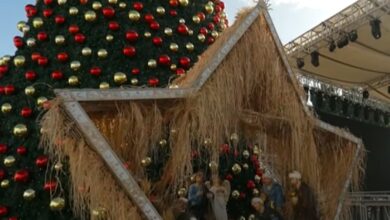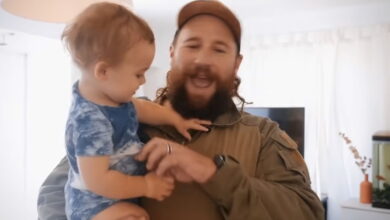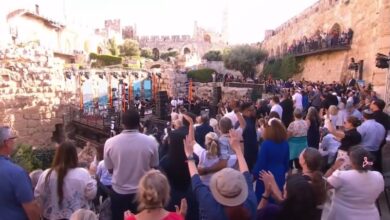The last survivor of the Sobibor Nazi death camp has died after rebuilding his life and raising children in Israel.
Semyon Rosenfeld was 96-years-old when he passed away in a hospital in Rehovot, near Tel Aviv. Rosenfeld is survived by his two sons and five grandchildren.
Israeli leaders mourned his death and honored his legacy upon hearing the news of his death.
“Semyon Rosenfeld, Holocaust survivor and the last from Sobibor, has passed away,” Netanyahu wrote in a Facebook post. “Semyon was born in 1922 in a small village in Ukraine. He joined the Red Army, was taken captive by the Nazis, but managed to escape the death camp and continue to fight the Nazis. May his memory be blessed.”
Blue and White party’s Yair Lapid, whose own father was also a Holocaust survivor, also took time to remember Rosenfeld.
“I salute the memory of Semyon Rosenfeld, a Holocaust survivor who participated in the revolt in the Sobibor death camp where a quarter of a million Jews were murdered. May his memory be blessed, may we be worthy of his death with our lives,” Lapid tweeted.
READ: Metro Voice’s interview with a concentration camp survivor
Rosenfeld joined the Red Army in 1940. While he was fighting the Nazis, his entire family was murdered and buried in a mass grave near the town of Ternivka.
Rosenfeld and other members of the Red Army were captured in 1941 and he was sent to a labor camp in Minsk, Belarus. He was later imprisoned in the notorious Sobibor death camp in occupied Poland in 1943.
Sobibor was built solely for the mass murder of Jews and an estimated 200,000 to 250,000 people died there.
In October 1943, a group of prisoners led by Red Army officer Aleksandr “Sasha” Pechersky, attempted the only successful revolt in a Nazi death camp. They killed 11 Nazi camp officers before the plot was discovered and guards opened fire. Hundreds of prisoners tired to escape the camp but most were either killed immediately or found and murdered by the Nazis.
Rosenfeld survived by hiding in the woods with several other prisoners. In 1944, he rejoined the Red Army and helped capture Berlin from the Nazis.
After the revolt, the Nazi guards shot dead all the remaining prisoners and destroyed the camp. They planted trees over the ruins in an attempt to cover up their crimes.
Archaeologists later discovered evidence of gas chambers and a train platform.







